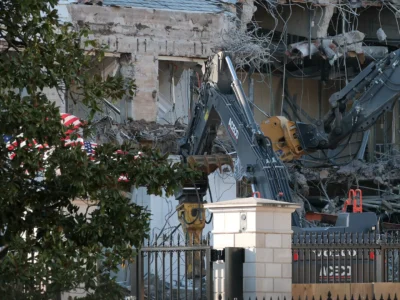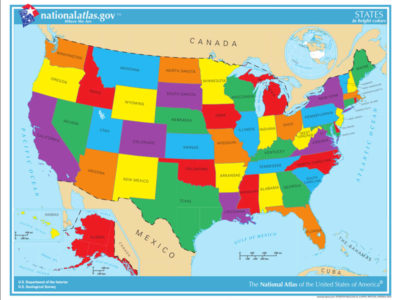The Emperor’s New Endangerment Theory (Part I)
EPA says the electricity sector’s climate impacts aren’t significant. Really??
EPA has proposed a novel reading of the Clean Air Act (CAA) that would foreclose any regulation of CO2 emissions from power plants. EPA’s core argument is that the statute requires it to determine whether an industry’s emissions “cause or contribute significantly” to climate change and that the industry’s carbon emissions don’t meet that standard.
On its face, this seems like a questionable conclusion, given that the U.S. power industry’s emissions are nearly as large as Russia’s total emissions. Despite EPA’s tortuous effort to justify its conclusion, its legal theory remains deeply flawed.
The way EPA defines “significance” is questionable, as I’ll discuss in a later post. But a court wouldn’t even have to get that far. The CAA statute does not require that EPA make any specific finding about the significance of carbon emissions from power plants, because power plants are already on EPA’s master list of polluting industries.
The big problem facing EPA is that the statutory language is quite clear. It divides regulation of an industry’s new facilities into two distinct steps. Step one is for EPA to decide whether a category of facilities, typically an industry like power plants, is responsible for significant harmful pollution. If so, it goes on a list of industries subject to federal pollution standards for new facilities. That list of categories contains no mention of individual pollutants emitted by the industry. Once an industry is on the list, there is no further mention of the reasoning behind EPA’s decision to put the industry on the list.
Step two says what happens once an industry is on the list. It empowers EPA to issue pollution control requirements covering new facilities in the industry. That provision doesn’t reference whatever pollutants may have been considered prior to placement on the list. In other words, the risks posed by individual pollutants are only referenced up to the time the industry is listed.
The key point here is that the statute decouples the factors underlying the listing decision from the later regulatory requirements. The list contains industries; the later regulations deal with specific pollutants. In fact, the statute doesn’t even require that the listing decision be made on a pollutant-by-pollutant basis; the language allows for the possibility of considering the cumulative significance of multiple pollutants. Even if no one pollutant causes sufficient harm to justify listing the industry, the combined effect could be enough.
The two decisions are decoupled in practice, too. Power plants went on the list of industries in 1971, but decades later EPA was still issuing new standards for emissions of conventional air pollutants by new power plants. In the meantime, of course, there had been big changes in the industry, its emissions, our knowledge about their risks, and pollution control technologies.
Thus, there’s nothing in the statute that links EPA’s later regulations of an industry’s new facilities with whatever considerations went into listing the industry in the first place. As I’ll discuss in my next post, the Trump EPA’s convolated efforts to concoct a linkage requirement cannot be convincingly squared with past EPA practice or the structure of the statute.
EPA’s current efforts to define significance are equally suspect. It comes up with a vague and malleable standard that has never been used before in the 75 years since the statute was passed. In fact, EPA didn’t even use the same approach in the first Trump Administration. it proposes now. Indeed, back then, it reached the opposite conclusion, finding that the industry’s emissions of greenhouse gases far surpassed the threshold to be considered significant. EPA seems to have developed amnesia about that past effort.
In the end, EPA’s latest reading of the statute is far from being what the Supreme Court has demanded: the “single, best meaning” of a law. And, as my economist colleague Meredith Fowlie shows in a recent post, the economic analysis is equally flawed. To borrow a phrase I learned from my late friend Phil Frickey, “that dog won’t hunt.”
Reader Comments
One Reply to “The Emperor’s New Endangerment Theory (Part I)”
Comments are closed.







Too bad we don’t have any group capable of educating the public to demand immediate implementation of solutions in time to save our civilization from self-destruction that we are experiencing today.